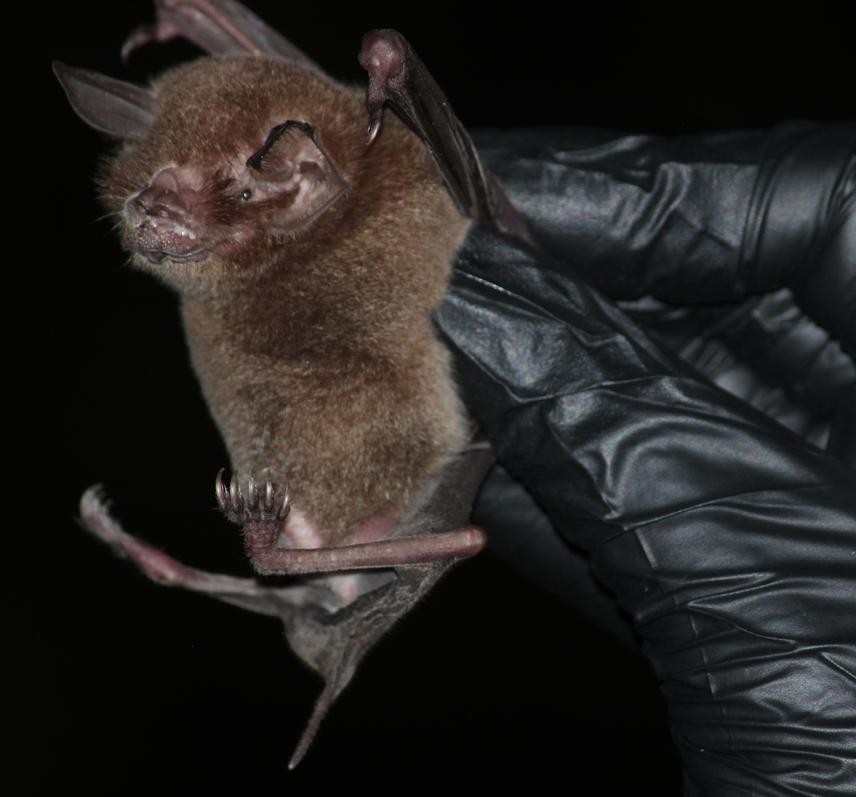Cíntia da Costa
Other projects
13 Nov 2019
Bats of the Neglected Brazilian-Uruguayan Savanna: Occupancy, Diversity and Conservation
Fire is a typical natural disturbance of Brazilian savannas, which models the structure and dynamics of the organisms that are present there. Although the frequency of large fires has increased throughout Brazil, due to human pressures, the responses of fauna, particularly bats to the effects of fire are largely unknown. This project aims to be the first comprehensive study that seeks to evaluate the responses of bat communities, from different trophic guilds to the effects of fire along a gradient of intensity, extent and periodicity in the Cerrado, Pampa and Pantanal Brazilian domains, combining different sampling techniques and using the Google Earth Engine.

Pteronotus rubiginosus.
Our specific objectives are:
(i) to evaluate the effects of fire on aerial insectivorous bat assemblages in Brazilian savannas through acoustic indices of taxonomic, functional and phylogenetic diversity.
(ii) model the occupancy probabilities by species in the bat community, using a gradient of different fire regimes as a predictor of detectability and occupancy at different spatial and temporal scales.
(iii) to evaluate the effects of fire on the organization and dynamic of network interactions between bats and plants and on the body condition of bat species in the Cerrado.
(iv) to define a new methodology to estimate the abundance in aerial insectivorous bats through acoustic detection. In addition, we hope to develop actions to popularize science for the conservation of ecosystems in open areas and the bats that occur there.
Header: Eumops perotis.